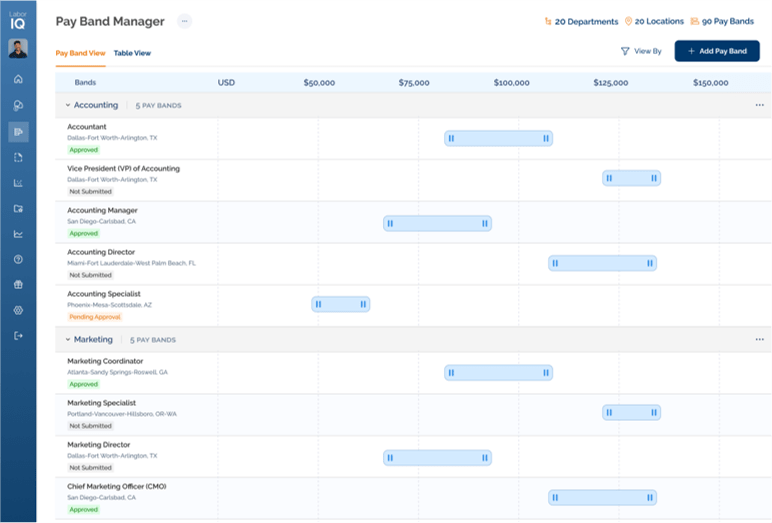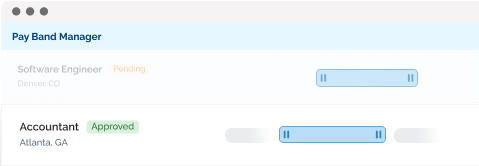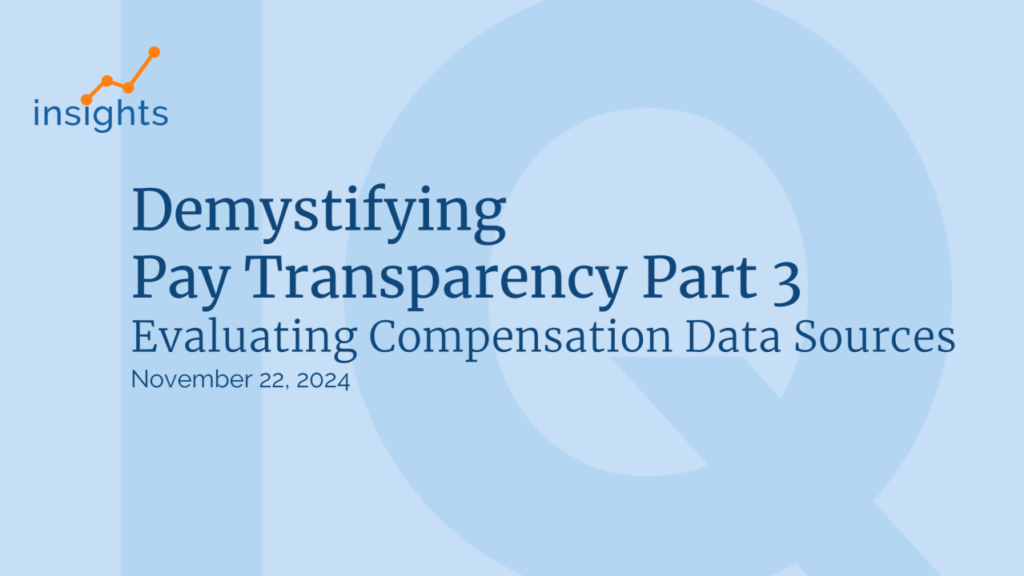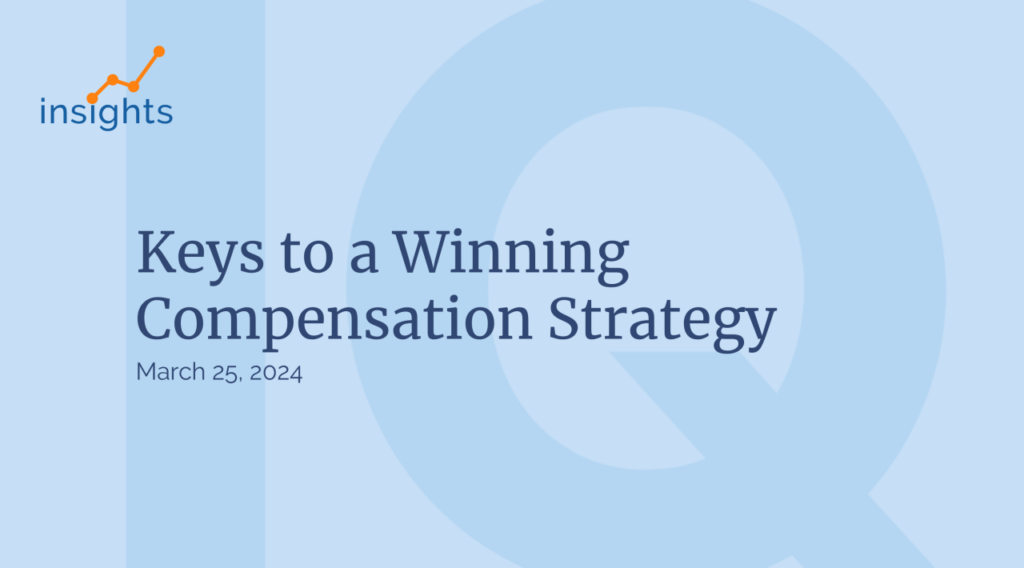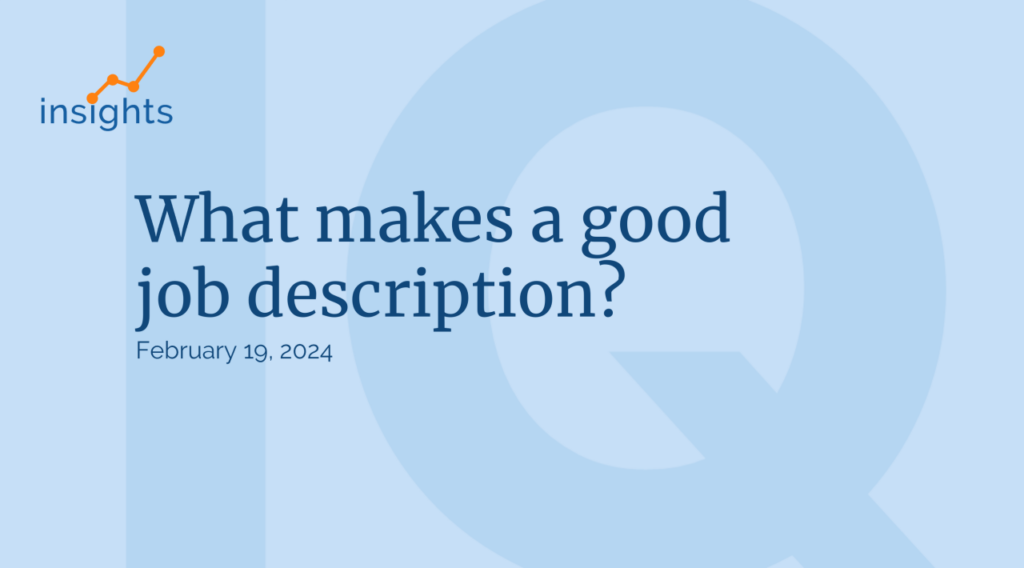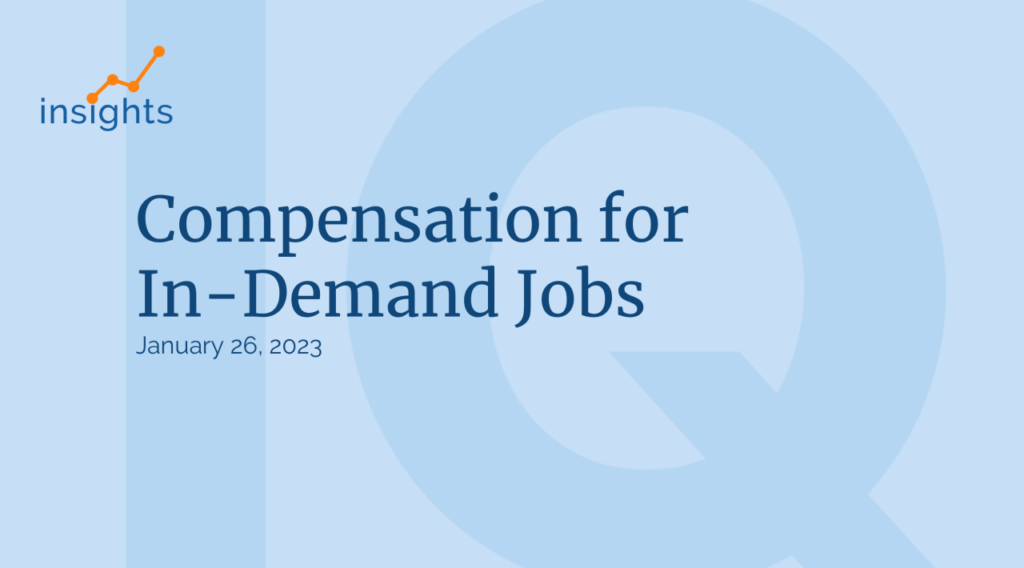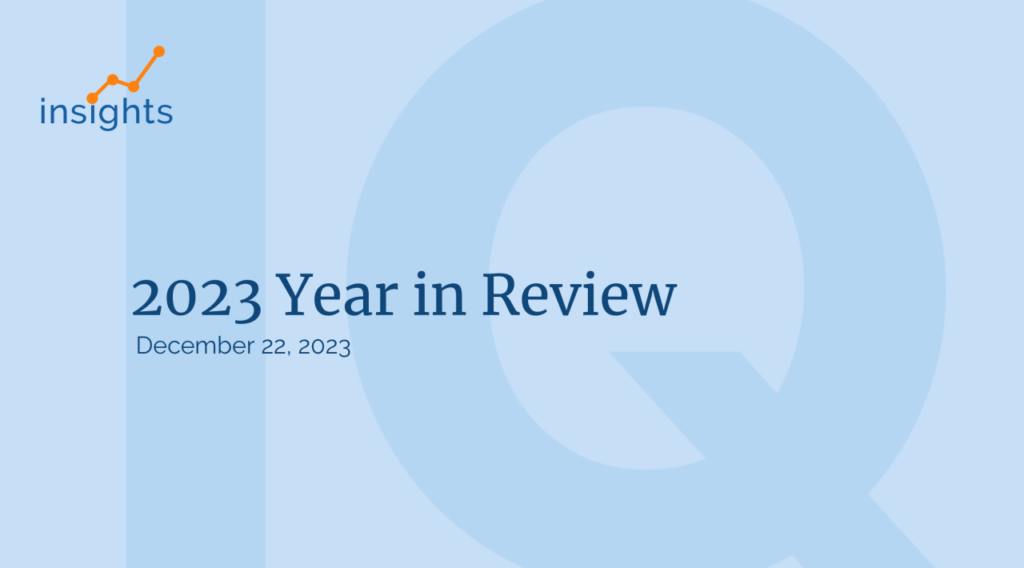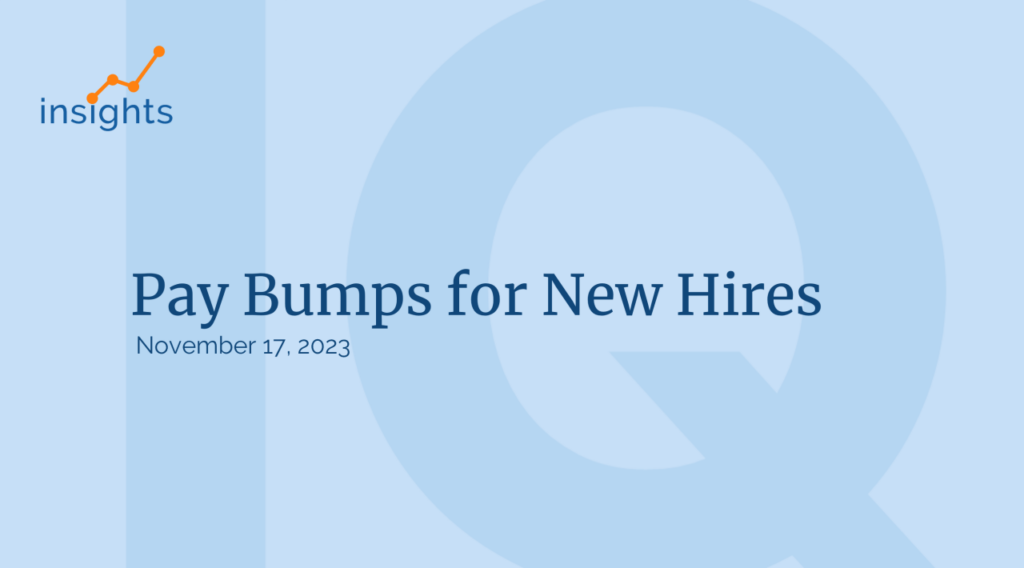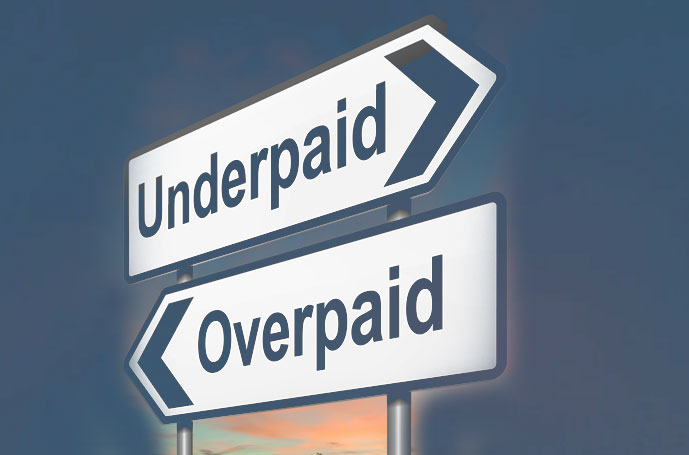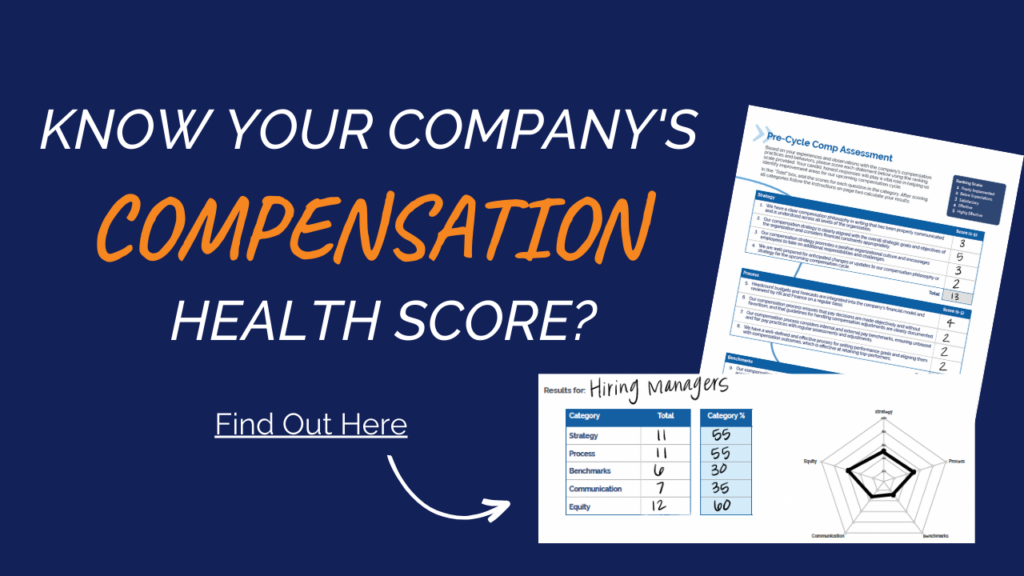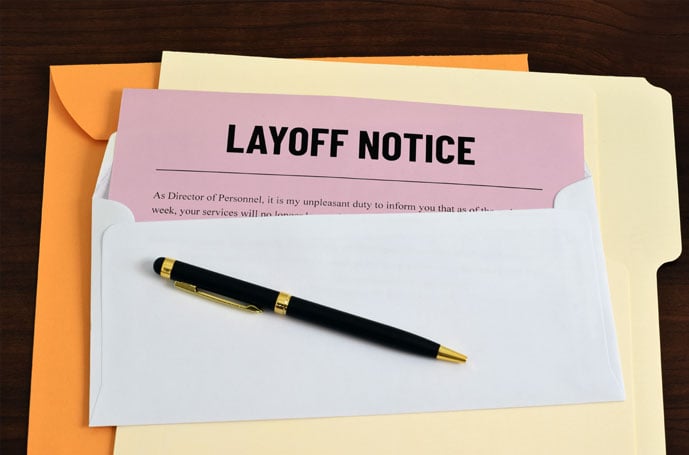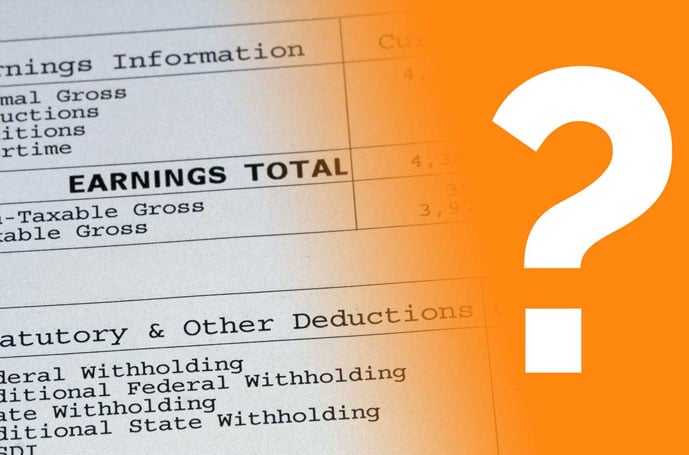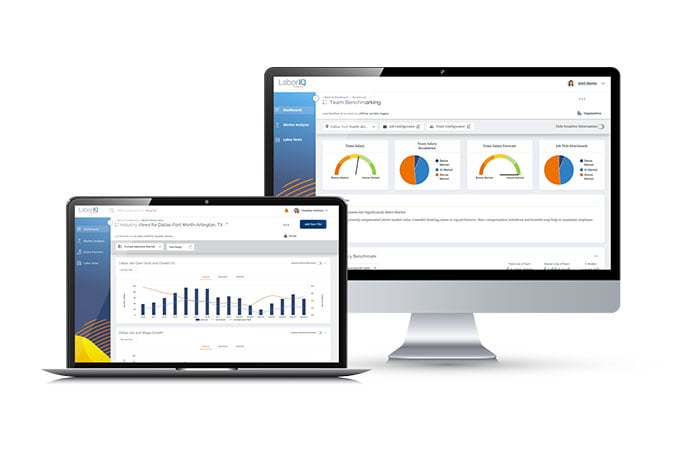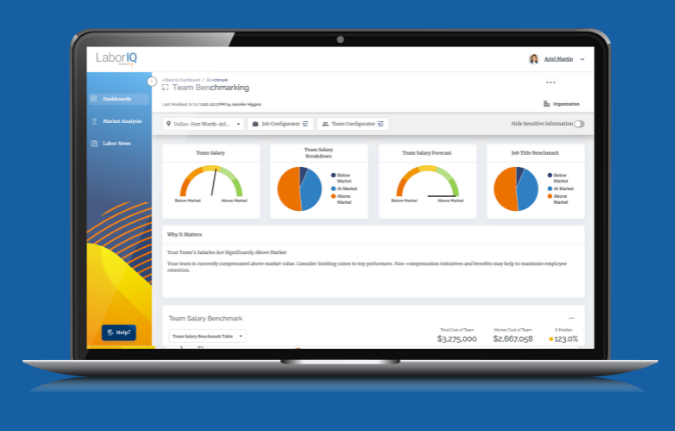To stand any chance of competing in today’s labor market, businesses need a firm understanding of competitive compensation rates. For the uninitiated, this includes employee salaries and contributions toward social security.
This begs the question: Why is it more critical than ever to offer competitive compensation? Well, in 2020, employee turnover rates in the U.S. reached an all-time high of 56.8%. A massive driving force behind this surge in resignations was the desire for better compensation, with 56% of employees citing higher pay as a top reason for resigning.
As a result, businesses have been forced to recognize the importance of employee compensation. So, in this article, we’re defining compensation analysis and illustrating how you can use it to refine your salary strategies.
Let’s dive in!

What’s Compensation Analysis?
Compensation analysis is the process of using data to determine whether employees are being fairly remunerated. Companies can compare their current salary offerings to industry benchmarks. The latter is calculated using salary data collected across different organizations to determine average compensation rates.
Such analysis includes:
- Regional salary data.
- National salary data.
- Internal compensation comparisons.
- Distinctions between employee levels.
By comparing your business against these benchmarks, it’s easier to evaluate whether your compensation packages match your competitors. Such information may call for internal restructuring of how compensation is decided and provided.
What Are the Benefits of Compensation Analysis?
Now we’ve defined compensation analysis, let’s turn our attention to its benefits:
- Transparency – Using data-driven compensation analysis helps companies not only offer more competitive salaries but empowers them to advertise this fact openly. By being transparent about salaries, companies demonstrate a more open and unbiased approach to hiring and their commitment to pay transparency.
- Better decision-making – The labor market is constantly changing, and as a result, so are the industry standards for compensation. This is where utilizing dynamic data analysis comes in handy. Not least because businesses have access to up-to-the-minute info on potential under or over-compensation, enabling companies to make data-driven decisions about their compensation practices.
- Competitive advantages – It stands to reason that you’re more likely to attract and retain new employees by improving your compensation strategy. So it’s no wonder that 85% of companies report they either have or plan to have a compensation strategy. That’s a 10% increase in 2021 and a 16% increase over previous years.
How to Undertake a Compensation Analysis
If you’re interested in reaping the rewards of a compensation analysis for your company, here are a few things you need to do to hit the ground running:
Assemble a Team
You need to assemble a team of people responsible for collecting and analyzing the data. Often a cross-departmental approach is the most effective way to retrieve a comprehensive data set for your analysis.
Understand the Current Market
First, your team needs to decide which data points are relevant for their compensation analysis. Below are a few of many examples:
- Hourly or yearly wages.
- Incentives.
- Tips.
- Benefits.
- Bonuses.
- Non-monetary compensation.
- Stock and equity options.
Designing Your Analysis
With these data points in mind, you need to decide on the criteria you’ll compare for your analysis. For example:
- Job title.
- Job description.
- Salary benchmarks between industries.
- Current compensation.
- Employee demographics.
You could also factor in different degrees of work experience, qualifications and length of service.
Collecting Data
Now that you know what you’re looking for, you can begin collecting data using compensation analysis software like ThinkWhy. With ThinkWhy, you can retrieve data on 20,000+ jobs across all U.S. cities and industries.
Your Calculation
To start with, you need to identify a target percentile. This is your employees’ compensation rate compared to the market rate, expressed as a percentile. So, for example, if you’re aiming to meet the market rate, this would be:
(The market rate of compensation (USD)) X (whatever percentage above the market rate you hope to target (USD)).
Example: The average salary for a data engineer is $112,493 a year. If we hope to lead the market rate by 30%, the calculation would be as follows:
$112,493 X (30%) = $146240.9
From there, you can determine whether your current pay rate is falling above or below your goal.
Eliminate The Manual Work
Rather than conducting lengthy manual exercises that take you away from strategic and operational priorities, such as recruiting and retaining skilled talent, you can use software to help complete your compensation analysis.
ThinkWhy studies the economy and labor market to eliminate the guesswork where compensation is concerned. This proprietary technology empowers employers to access accurate real-time compensation recommendations across multiple locations and industries. Access to this type of information enables recruiters to strategically target talent searches in the right location and/or conduct remote hiring, too.
Contact us today to find out more about how to take the guesswork out of compensation analysis and to see how ThinkWhy’s technology can give you the competitive edge in the race for top talent.









